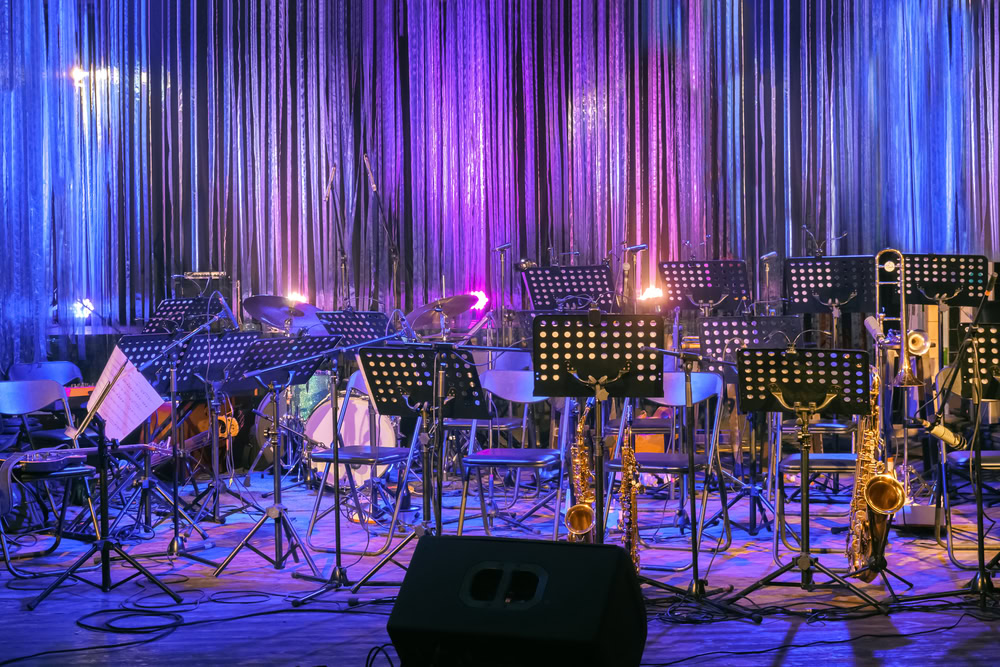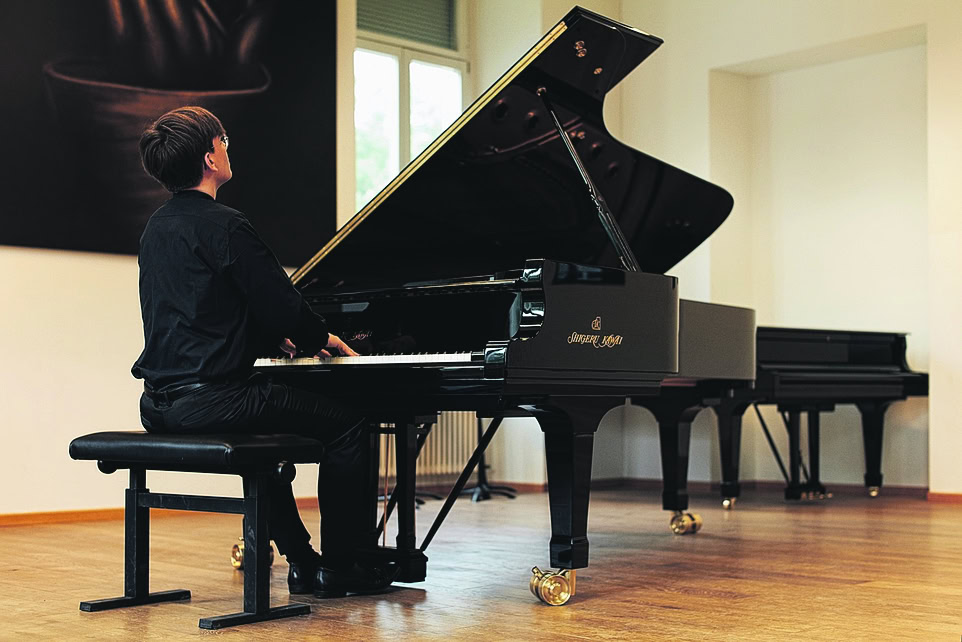Leoncavallo on Lake Maggiore
In Brissago on Lake Langensee in Ticino, there is a charming museum that honors the composer Ruggero Leoncavallo with prominent exhibits from his estate and introduces visitors to him in the most pleasant way. But that is only part of the story.

Florian Bassani - Leoncavallo, born in Naples in 1857, spent many years of his life in Brissago and created a large part of his works in this boundlessly idyllic place at the turn of the century. When the composer's legacy was about to be broken up at the end of the 1980s, the Canton of Ticino acquired the lion's share of the written documents and thus created the Fondo Leoncavallo, a monographic composer archive, which has since been housed at the cantonal library in Locarno, in an ornate baroque palace not far from the Piazza Grande.
So while the museum in Brissago mainly houses memorabilia of the master, precious autographs, first editions and sketches of his operas and libretti rest in Locarno, because like Wagner and Boito, he also wrote many of his texts himself. In addition, there are around 3000 letters, an impressive collection of posters, a fund of contemporary programs for performances of his works, piano rolls and early recordings as well as a solid stock of research literature. Over 500 photographs from the family albums also provide a panoramic view of Leoncavallo's life, both professionally and privately. When viewed together, the complementary nature of the materials offers an astonishingly multifaceted picture of his personality and his time.
Leoncavallo was big in business and networked throughout Europe. He maintained close contact with prominent composers and lyricists, singers, conductors and music publishers, theater directors and concert organizers. Much of this (plus all kinds of fan mail) has been preserved in his estate, much has also been collected in copies from other collections, and more is being purchased. By no means has everything available been cataloged, a fact that makes the holdings so interesting for researchers.
The starting points for scholarly work are by no means limited to the pending publication of various of his works. The large number of surviving contracts for the publication of his compositions, for the setting of his libretti, for recordings or other marketing sheds light on the need to permanently monetize his own work at a time when, after generations of a lack of rules, the foundations for international copyright protection finally existed - since the Berne Convention of 1886.
Leoncavallo's posthumous handling of his opus can also be studied in a particularly vivid way. The archive's hitherto untapped holdings provide extensive documentation on how the heirs managed the rights to operas, songs and other works after his death in 1919 and used them as a source of income. The correspondence with publishers, stage agents and national collecting societies provides extensive material.
Other unstudied gems in the collection are two volumes of press reviews that Leoncavallo compiled himself. He collected (and annotated) dozens of reviews of the premieres of several of his operas and various concerts. In addition, there is the gigantic press review, which the organizer of his American tour in 1906 revered him for: as an album with 1379 newspaper cuttings, which form a kaleidoscopic overall perspective, both on the 61 concerts and on the not uncontroversial person of the maestro. The ungracious view of the author and his work is not only that of music critics; the polyphonic chorus also reflects the perception of the American public, and by no means only that of music lovers and Italian enthusiasts. In addition to these sources, the Fondo is characterized by the immense number of other press reports that Leoncavallo and his relatives compiled over the decades, which provide a revealing insight into his opus.
It should also be mentioned that the collection also contains a number of objects belonging to the composer. In addition to medals, trophies and other gifts from crowned heads and his pri-vate library of contemporary poetry, it is above all Leoncavallo's personal music - dozens of conducting scores of his own and other people's works, often with entries on interpretation - that are available for practical performance studies.
Quasi incidentally, the research also leads to curious chance discoveries. For example, a recently discovered birth certificate from Leoncavallo's circle: a biographical document of his friend Maurice Vaucaire, a Parisian writer and librettist, whose wife gave birth to a son during their summer vacation together in Brissago in 1904. In later years, the boy named Michel became Edith Piaf's songwriter - the lyricist for hits such as Non, je ne regrette rien was written by him.
Against the majestic mountain panorama of Lake Maggiore, important works by Leoncavallo naturally also saw the light of day, such as the little-explored operas and operettas of those years: Bohemian (1897) and Zazà (1900), Roland (1904), Maïa and Malbruk (both 1910), La reginetta delle rose and Zingari (1912) as well as many of his salon songs, including some popular hits of the Schelllack era.








